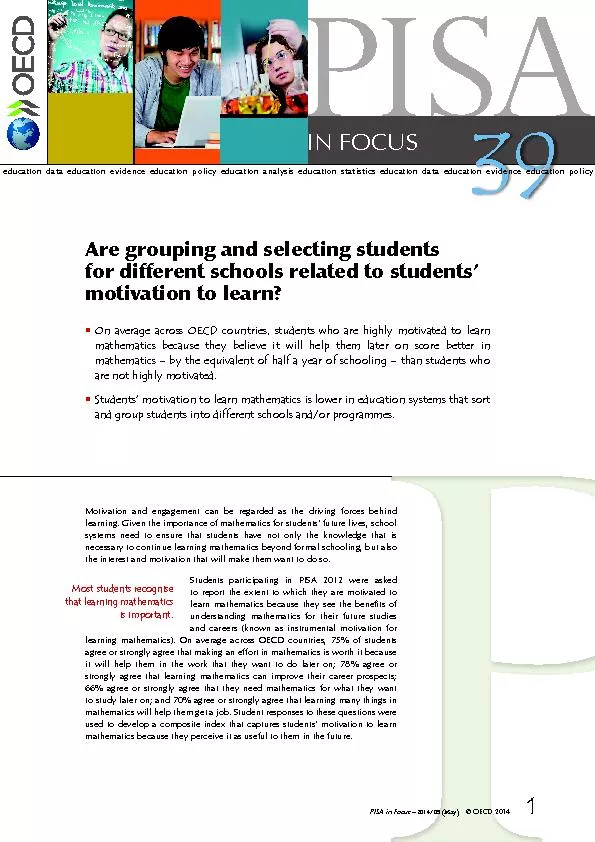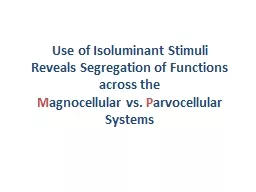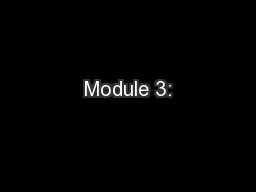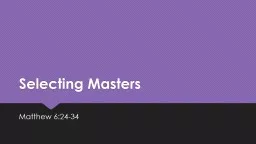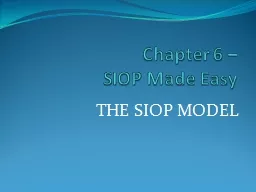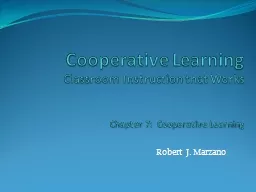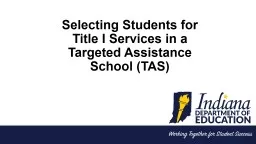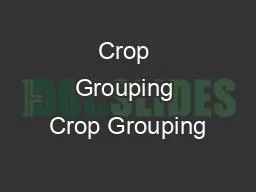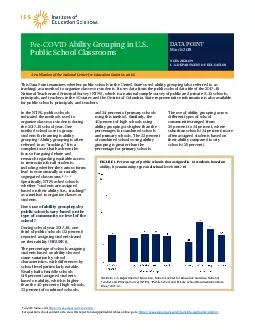PDF-Are grouping and selecting students for different schools related to s
Author : trish-goza | Published Date : 2016-04-16
IN FOCUS dataevidencestatisticsdataevidence Motivation and engagement can be regarded as the driving forces behind learning Given the importance of mathematics for
Presentation Embed Code
Download Presentation
Download Presentation The PPT/PDF document "Are grouping and selecting students for ..." is the property of its rightful owner. Permission is granted to download and print the materials on this website for personal, non-commercial use only, and to display it on your personal computer provided you do not modify the materials and that you retain all copyright notices contained in the materials. By downloading content from our website, you accept the terms of this agreement.
Are grouping and selecting students for different schools related to s: Transcript
Download Rules Of Document
"Are grouping and selecting students for different schools related to s"The content belongs to its owner. You may download and print it for personal use, without modification, and keep all copyright notices. By downloading, you agree to these terms.
Related Documents

